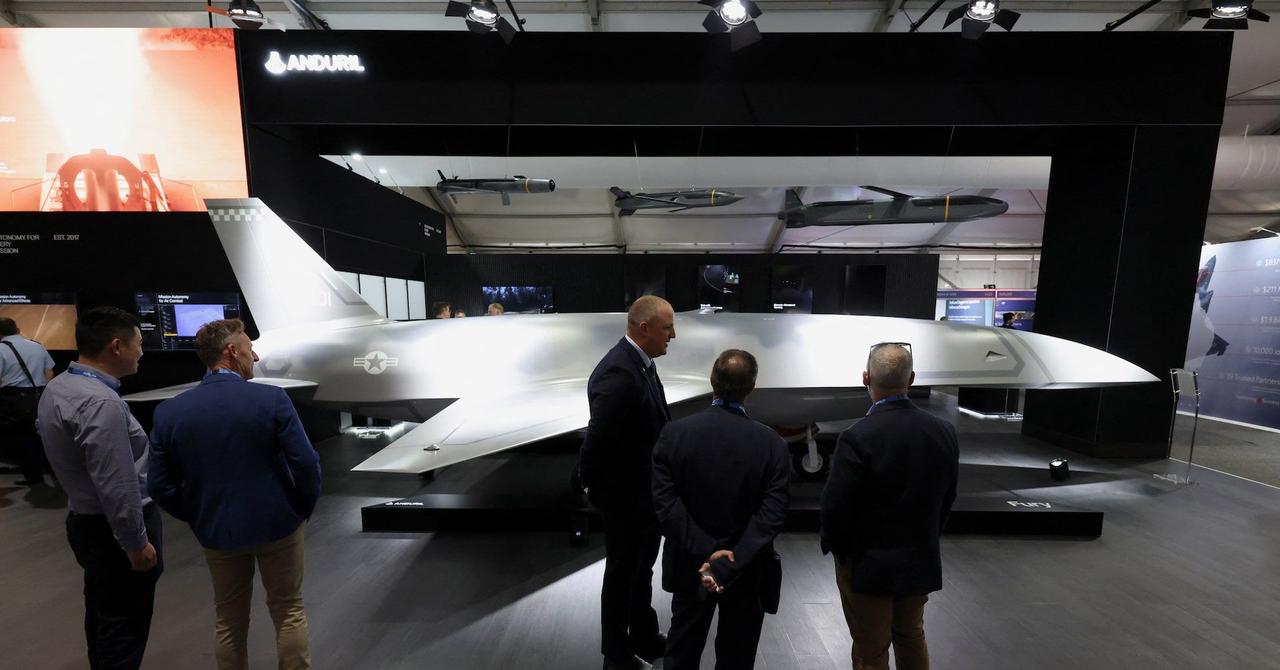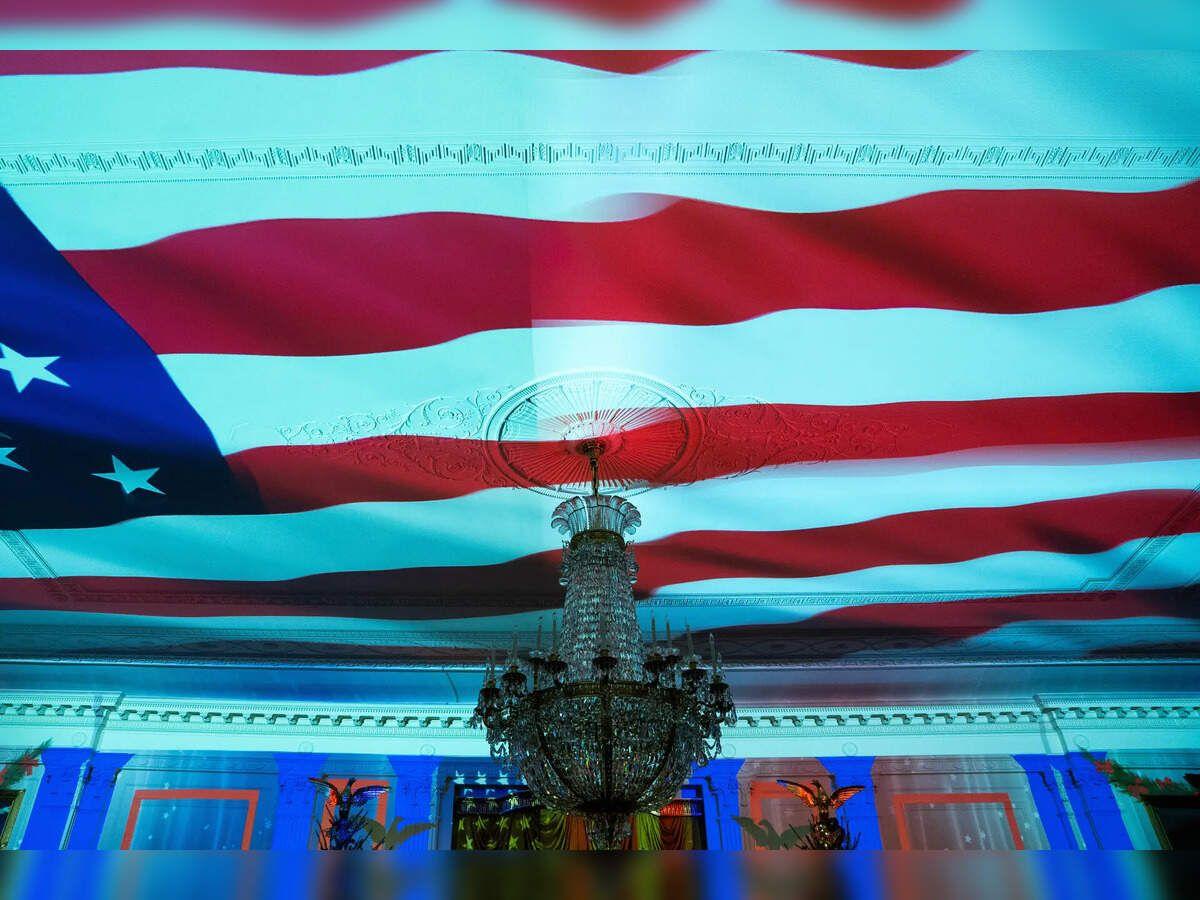Australia Shifts Focus to Autonomous Defense Systems to Overcome Geographical Challenges
2 Sources
2 Sources
[1]
Australia's vast distances will drive shift to uncrewed defence systems, officials say
AVALON, Australia, March 26 (Reuters) - Australia's military will rely more on autonomous systems to overcome the disadvantage of having to protecting vast geography, said defence officials who predicted "friction in the system" as the balance tipped towards uncrewed systems. Australia's air force is working with Boeing to develop an autonomous combat aircraft called Ghost Bat. Speaking at the Australian International Air Show on Wednesday, Chief of Air Force Stephen Chappell said the Ghost Bat will this year demonstrate its capability and test payloads "with the exception of it being armed", before making recommendations to government. "For us, autonomous platforms allow us to scale, so this is not about replacing crewed platforms, it is about providing greater scale and sustainability, and also increasing lethality and effects, and increasing survivability, particularly for crewed platforms or our defence personnel," he added. Ninh Dong, chief of air and maritime at Australia's Defence Science and Technology Group, said Australia had a vast coastline and 2 million to 3 million square kilometres (772,000 to 1.2 million square miles) of northern ocean that need to be defended, and was looking for innovations that "overcome this asymmetric disadvantage of distance". Autonomy and AI that are changing warfare globally will be important, and Australia has made hypersonic missiles a priority, Dong said. "By holding adversaries at risk further away from Australian shores, they give us more time to respond to threats," he said of such missiles. Allan Hagstrom, director of combat futures at Air Force Headquarters, said expensive aircraft will need to integrate with cheaper technology, and autonomous projects are already causing "friction in the system" as defence forces reorganise. "We are on that cusp where we are probably going to see in the next few years, the weight of crewed platforms and uncrewed platforms and the ratio shifting, and outnumbered by uncrewed platforms enabled by autonomy," he said. The challenges included how to work collaboratively with other countries, as each nation makes decisions on the role of humans in the "optimal solution". "We are not talking about taking the human out of the technological solution, but how do we leverage the human and the machine to provide the optimal solution," he added. Reporting by Kirsty Needham in Avalon. Editing by Gerry Doyle Our Standards: The Thomson Reuters Trust Principles., opens new tab Suggested Topics:Asia Pacific
[2]
Australia's vast distances will drive shift to uncrewed defence systems, officials say
AVALON, Australia, March 26 (Reuters) - Australia's military will rely more on autonomous systems to overcome the disadvantage of having to protecting vast geography, said defence officials who predicted "friction in the system" as the balance tipped towards uncrewed systems. Australia's air force is working with Boeing to develop an autonomous combat aircraft called Ghost Bat. Speaking at the Australian International Air Show on Wednesday, Chief of Air Force Stephen Chappell said the Ghost Bat will this year demonstrate its capability and test payloads "with the exception of it being armed", before making recommendations to government. "For us, autonomous platforms allow us to scale, so this is not about replacing crewed platforms, it is about providing greater scale and sustainability, and also increasing lethality and effects, and increasing survivability, particularly for crewed platforms or our defence personnel," he added. Ninh Dong, chief of air and maritime at Australia's Defence Science and Technology Group, said Australia had a vast coastline and 2 million to 3 million square kilometres (772,000 to 1.2 million square miles) of northern ocean that need to be defended, and was looking for innovations that "overcome this asymmetric disadvantage of distance". Autonomy and AI that are changing warfare globally will be important, and Australia has made hypersonic missiles a priority, Dong said. "By holding adversaries at risk further away from Australian shores, they give us more time to respond to threats," he said of such missiles. Allan Hagstrom, director of combat futures at Air Force Headquarters, said expensive aircraft will need to integrate with cheaper technology, and autonomous projects are already causing "friction in the system" as defence forces reorganise. "We are on that cusp where we are probably going to see in the next few years, the weight of crewed platforms and uncrewed platforms and the ratio shifting, and outnumbered by uncrewed platforms enabled by autonomy," he said. The challenges included how to work collaboratively with other countries, as each nation makes decisions on the role of humans in the "optimal solution". "We are not talking about taking the human out of the technological solution, but how do we leverage the human and the machine to provide the optimal solution," he added. (Reporting by Kirsty Needham in Avalon. Editing by Gerry Doyle)
Share
Share
Copy Link
Australian defense officials highlight the increasing importance of autonomous and AI-driven systems in overcoming the country's vast geographical challenges. The shift towards uncrewed platforms is expected to enhance military capabilities and efficiency.

Australia's Strategic Shift Towards Autonomous Defense Systems
Australia is set to significantly increase its reliance on autonomous systems for national defense, driven by the need to protect its vast geography efficiently. Defense officials have highlighted this strategic shift, emphasizing the potential of uncrewed platforms to enhance military capabilities across the country's extensive coastline and northern oceanic regions
1
2
.The Ghost Bat: Australia's Autonomous Combat Aircraft
At the forefront of this initiative is the Ghost Bat, an autonomous combat aircraft being developed in collaboration with Boeing. Chief of Air Force Stephen Chappell announced at the Australian International Air Show that the Ghost Bat will undergo capability demonstrations and payload testing this year, excluding armament trials. These tests will inform recommendations to the government on the aircraft's potential deployment
1
2
.Scaling Defense Capabilities with Autonomous Platforms
Chappell emphasized that the introduction of autonomous platforms is not intended to replace crewed systems but to complement them. He stated, "For us, autonomous platforms allow us to scale, so this is not about replacing crewed platforms, it is about providing greater scale and sustainability, and also increasing lethality and effects, and increasing survivability, particularly for crewed platforms or our defence personnel"
1
2
.Overcoming Geographical Challenges
Ninh Dong, chief of air and maritime at Australia's Defence Science and Technology Group, highlighted the country's unique geographical challenges. With a vast coastline and 2-3 million square kilometers of northern ocean to defend, Australia is actively seeking innovations to "overcome this asymmetric disadvantage of distance"
1
2
.The Role of AI and Hypersonic Missiles
Dong also emphasized the growing importance of Artificial Intelligence in modern warfare. He noted that Australia has prioritized the development of hypersonic missiles, stating, "By holding adversaries at risk further away from Australian shores, they give us more time to respond to threats"
1
2
.Related Stories
Balancing Crewed and Uncrewed Platforms
Allan Hagstrom, director of combat futures at Air Force Headquarters, predicted a significant shift in the balance between crewed and uncrewed platforms in the coming years. He anticipates that uncrewed platforms enabled by autonomy will soon outnumber traditional crewed systems
1
2
.Challenges and Collaborative Efforts
The transition to autonomous systems is not without challenges. Hagstrom noted that the integration of expensive aircraft with cheaper autonomous technology is causing "friction in the system" as defense forces reorganize. Additionally, international collaboration poses unique challenges as different nations make decisions on the role of humans in these technological solutions
1
2
.Hagstrom emphasized, "We are not talking about taking the human out of the technological solution, but how do we leverage the human and the machine to provide the optimal solution"
1
2
. This approach underscores Australia's commitment to maintaining human oversight while harnessing the potential of autonomous systems in national defense.References
Summarized by
Navi
Related Stories
Shield AI Unveils X-BAT: A Revolutionary AI-Powered VTOL Combat Drone
22 Oct 2025•Technology

Anduril Optimistic About Trump Administration's Approach to AI-Powered Defense
26 Mar 2025•Policy and Regulation

AI-Piloted Gripen E Warplane Faces Off Against Human Pilot in Groundbreaking Combat Test
11 Jun 2025•Technology

Recent Highlights
1
OpenAI releases GPT-5.2 AI model after code red memo signals Google Gemini 3 threat
Technology

2
Disney invests $1 billion in OpenAI, licenses 200+ characters for Sora AI video generator
Technology

3
OpenAI faces wrongful death lawsuit after ChatGPT allegedly fueled murder-suicide tragedy
Policy and Regulation





